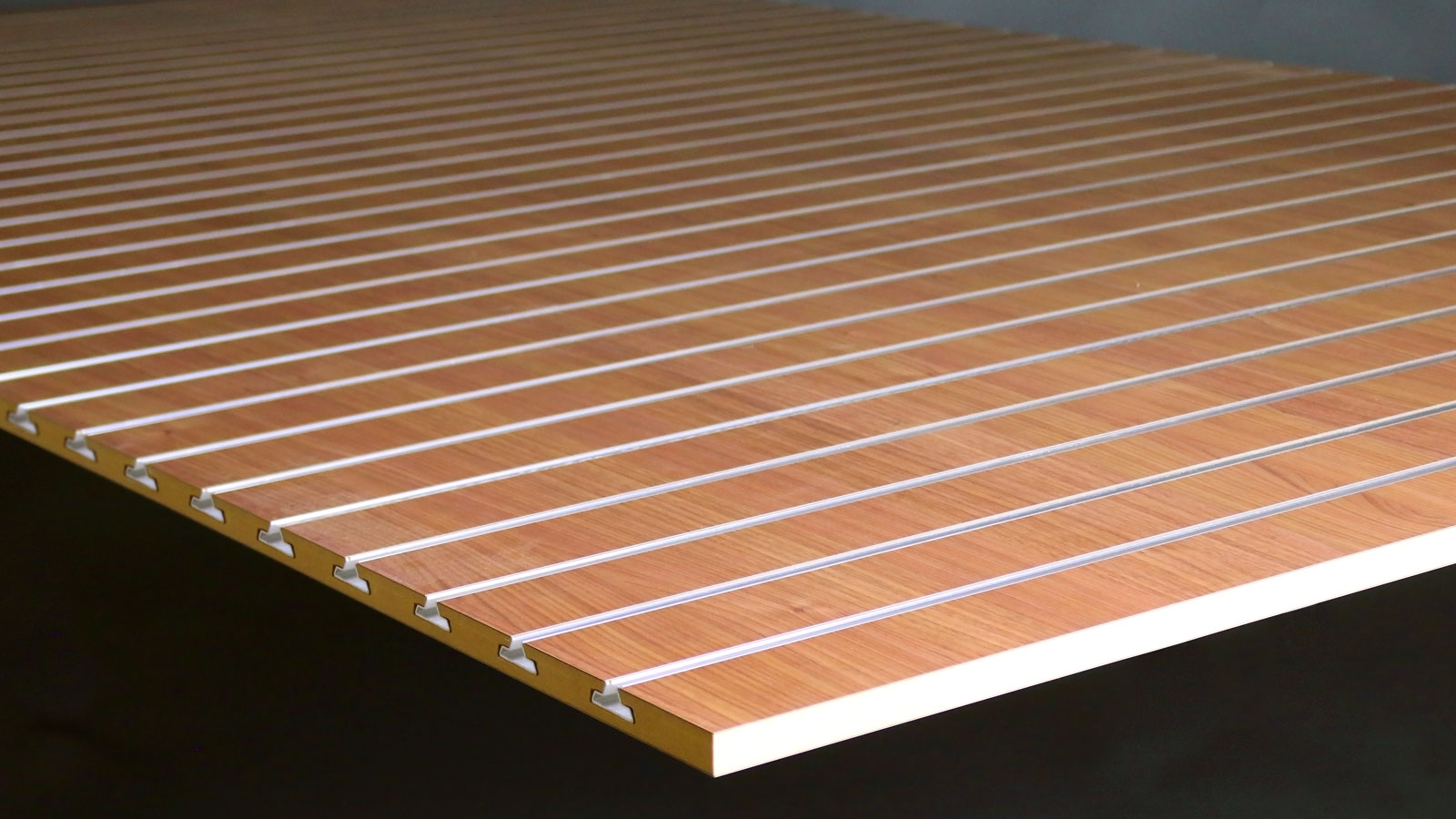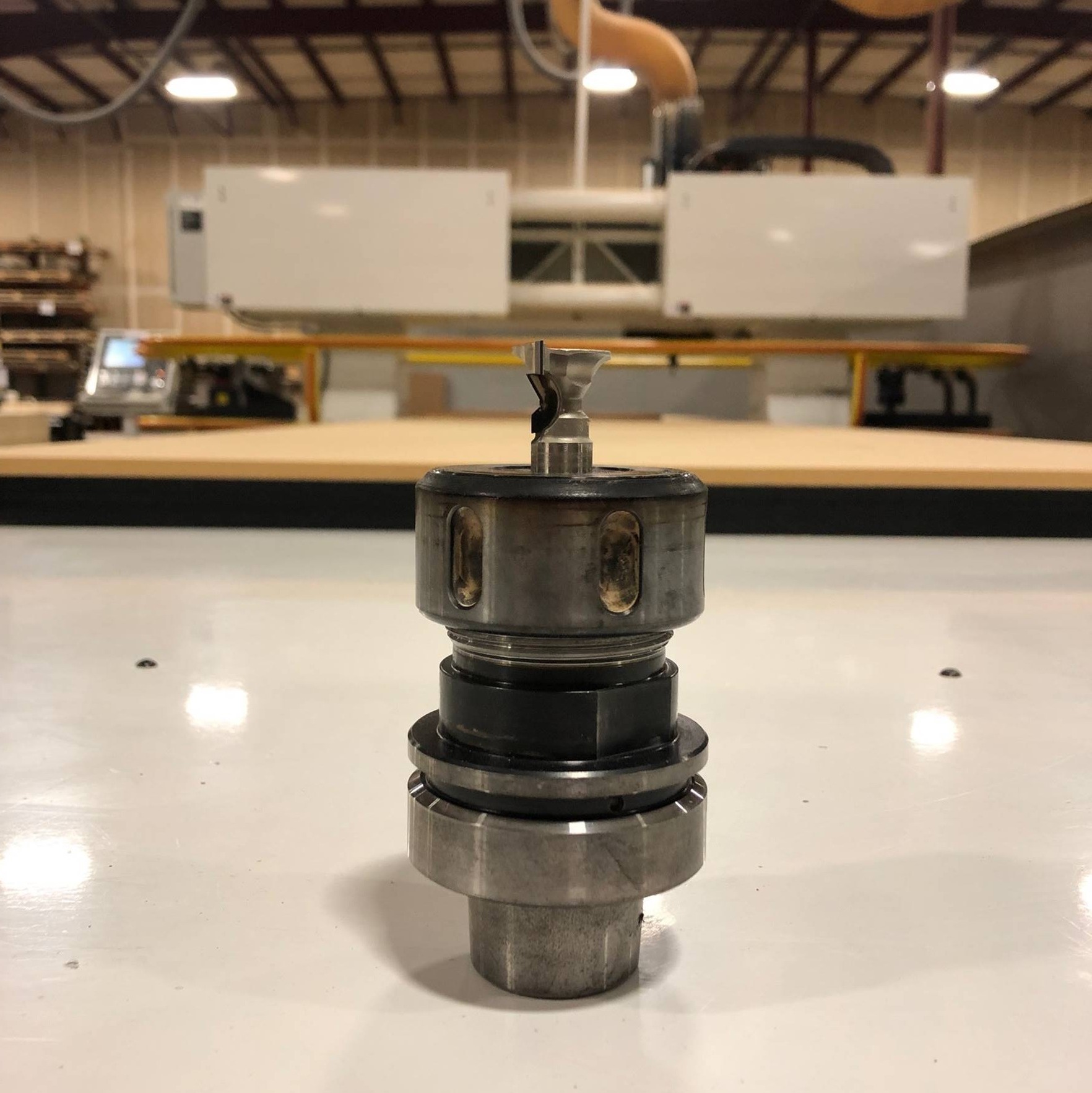April 17, 2019

It’s safe to assume that most of us would like to think we have it all figured out—all the time. Unfortunately, that’s not the reality in our world of manufacturing and panel processing. So, like most everyone else, sometimes we make mistakes. In this new blog series, we're candidly bringing those mistakes to light because manufacturing happens. Our hope is to learn from our mistakes and move forward with more knowledge to confidently solve problems in the future. Maybe you'll learn from our mistakes, too, so you can be ready when manufacturing happens in your plant.
So, how does a run-of-the-mill slatwall job suddenly catch on fire?
In this particular case, we thought we had checked all the boxes. Making slatwall is something we do all the time, catching the panel on fire is definitely not. We used the usual slatwall program for our flat table router, we went through the standard procedure for operating the machine, and we ran a test part through before the actual parts were scheduled—all without any issue. So, when the first part went through and caught on fire, we were left wondering what went wrong.

The first mishap here was the program that was used was not the correct one for this job. Generally, most machine programs are job specific, but for slatwall we have a 3/4 inch stock program that is used in (nearly) every slatwall job. The testing process was done using the stock program with 3/4 inch core. However, the core needed for this job was 1-1/8 inch, which meant a special slatwall program needed to be used. The second issue in this situation was the lack of SOP in place to double check that the core used to make slatwall is the same core thickness used in the program. So, since slatwall is so commonplace here at LW, we loaded the core and programmed the machine as per usual.
As the slatwall bit and collet went across the top of the part, it dug into the core significantly deeper than it should have. This lead to extreme friction which caused the core to catch fire. Thankfully, the operator was quick to shut off the machine and put out the flame, so no one was hurt.
Needless to say, we learned several lessons in the scenario. We learned that if a slatwall bit digs too deep into the core, it will catch on fire. More importantly, we learned that we needed to make sure we were double checking accuracy in slatwall programs, so we created a new SOP to avoid making the same mistake again. It was a simple, yet avoidable mistake that could have happened to anyone. And in the end, the fire was put out and the parts were completed to our customer's specification and delivered on time.
We'll see you next time for another day in the life where sometimes manufacturing just happens.

{{cta('f2ae024f-9939-4eaa-982a-a06927cbd8c4','justifycenter')}}